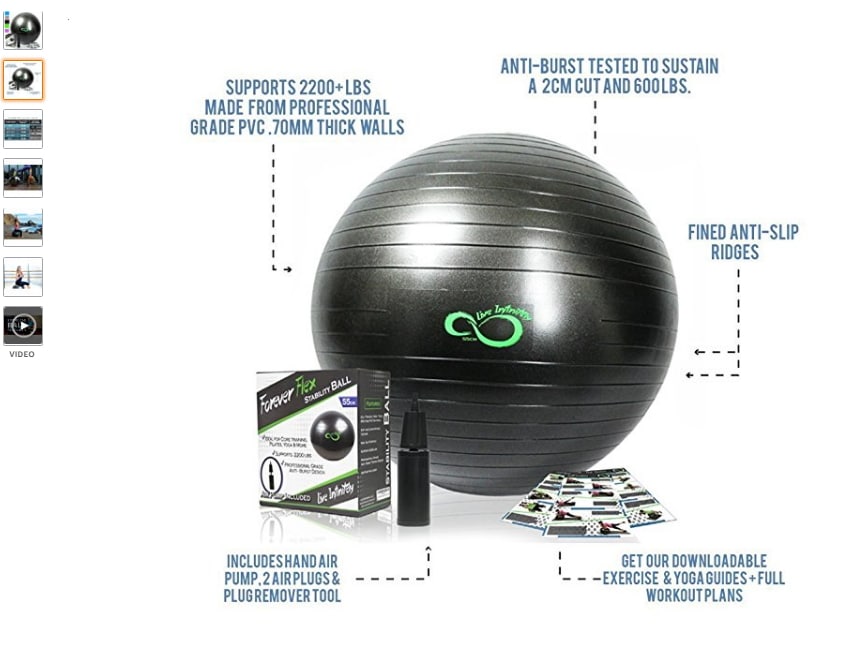What Every Professional Photographer Must Learn About Lighting
What Every Professional Photographer Must Learn About Lighting
Blog Article
Article By-Caldwell Polat
As a photographer, you understand that lighting can make or damage your images. Recognizing the nuances of both all-natural and artificial light is crucial for recording the state of mind and quality you go for in your job. Whether https://blogfreely.net/cassy023daria/reveal-the-vital-digital-photography-equipment-that-will-start-your-creative going after the best gold hour radiance or tweak your man-made arrangements, grasping these components can boost your photography significantly. Yet there prevail mistakes that many forget, and identifying them can transform your approach to every shoot. Allow's discover what you could be missing and exactly how it can influence your outcomes.
Recognizing All-natural Light
Comprehending natural light is critical for any type of digital photographer seeking to boost their job. It's the structure of great photography, influencing mood, tone, and quality. When you shoot outdoors, focus on the time of day. The gold hour-- shortly after sunrise and prior to sundown-- provides soft, warm light that can change common scenes into magnificent pictures.
Don't take too lightly the power of overcast days. https://squareblogs.net/wen8909jaimie/innovative-photography-concepts-releasing-your-creative-imagination diffuses sunlight, producing a soft, even light that's perfect for portraits and macro photography. You'll discover colors pop in this type of lighting without rough shadows.
Placing matters, also. Constantly consider your subject's alignment to the source of light. If the sunlight's behind your subject, you might end up with a shape, which can be remarkable but mightn't be what you desire. Alternatively, straight sunshine can develop unflattering shadows.
Explore angles; in some cases, altering your point of view can yield remarkable results. Use natural reflectors, like water or sand, to bounce light onto your topic, adding dimension.
Learning Artificial Light
Grasping fabricated light is necessary for photographers who wish to take their skills to the following degree. Whether you're making use of speedlights, studio strobes, or constant lights, understanding how to manipulate these resources can dramatically improve your pictures.
Start by acquainting on your own with the basics of light top quality, direction, and shade temperature level. Try out different modifiers like softboxes, umbrellas, or grids to regulate the softness or cruelty of the light.
You'll locate that soft light usually produces flattering outcomes, while harsher light can add drama and depth. Do not shy away from shadows; they can enhance the three-dimensionality of your subjects.
Pay very close attention to the positioning of your lights. A light positioned also near to your subject can create unflattering results, while as well away can cause a lack of detail. Make Headshot photo of a light meter or your cam's pie chart to guarantee you're revealing appropriately.
Last but not least, keep in mind that synthetic light can be blended with ambient light for innovative results. Stabilizing these resources could take practice, but once you grasp it, your photography will truly radiate.
Strategies for Different Circumstances
When you enter different capturing scenarios, adapting your illumination strategies is vital for catching the very best pictures. For outside portraits, use the gold hour-- early morning or late afternoon light-- to soften shadows and enhance skin tones.
If it's a rough midday sun, take into consideration making use of a reflector to jump light back onto your topic or seek shaded areas for an extra also exposure.
In low-light circumstances, like indoor events, raise your ISO and use a vast aperture to allow in more light. A tripod can help get rid of video camera shake, allowing for longer direct exposures without obscuring.
If you're contending night, try out off-camera flash to produce vibrant lighting and depth in your images.
For product digital photography, make use of diffused lights to prevent extreme reflections. Softboxes or light camping tents can help accomplish this effect.
When photographing landscapes, take into consideration the direction of light and time of day, as it can drastically alter the state of mind of your shot.
Always prepare to readjust your setups and positioning based upon the scenario, as flexibility is crucial to mastering illumination in digital photography.
Conclusion
In conclusion, mastering lighting is vital to boosting your digital photography skills. Embrace all-natural light's charm during golden hour, and don't shy away from experimenting with synthetic light strategies. By adjusting your approach to various scenarios, you'll capture magnificent photos that resonate with feeling and quality. Keep in mind, the ideal illumination can transform a common shot into something remarkable, so keep practicing and improving your understanding of both all-natural and man-made light. Happy shooting!
